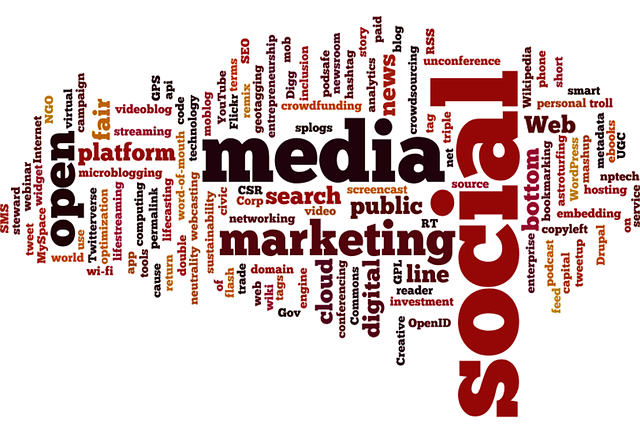Brand storytelling is all the buzz in the business world, and companies are giving it a shot to varying degrees of triumph. But just like any new trend in the business realm, there are some common slip-ups and mistakes being made along the way. But before we delve into these common errors, let’s examine the true essence of brand storytelling.
What is Brand Storytelling?
Brand storytelling, just like the name implies makes use of an emotion-evoking story to establish a bond between your brand and customers, with an emphasis on fostering understanding by harmonizing your brand principles with those held dear by your customers.
In much simpler terms, brand storytelling is telling a fascinating story about a brand’s personality, values, and purpose, with the aim of making your audience feel inspired and connected to it. Brand storytelling gives your audience an opportunity to feel something special and memorable beyond selling a product.
In the world of marketing, storytelling is like a secret weapon. It has the power to captivate audiences, forge emotional connections, and elevate a brand’s identity. But just like any powerful tool, it’s important to use it wisely.
Unfortunately, many brands stumble into common pitfalls when crafting their narratives. In this blog post, we’ll explore the five biggest mistakes brands make with storytelling and provide simple solutions to avoid them:
1. Lack Of Authenticity
Imagine meeting someone who seems to change their personality every single time. It’s disconcerting, right? Brands can make a similar mistake by not staying authentic in their stories. When a brand’s narrative doesn’t align with its values, customers can sense the disconnect.
Consider a soda company portraying itself as health-conscious while producing sugary drinks. This incongruity breeds skepticism among consumers, leading to a loss of faith in the brand’s claims.
When customers perceive a brand’s stories as disingenuous or misleading, they’re less likely to engage or connect with the brand. This eliminates the potential for meaningful, lasting relationships.
Solution? Be unapologetically honest. Be transparent about what your brand stands for, and weave that authenticity into every story you tell. It’s this genuineness that builds trust, the cornerstone of enduring relationships between brand and consumer.
2. Ignoring The Audience
Have you ever been in a conversation where you felt like the other person wasn’t really listening? Brands can fall into the same trap. Effective storytelling starts with understanding your audience deeply. Brands that disregard their audience’s preferences and emotions risk crafting stories that fall flat.
When brands don’t listen to what their audience likes and feels, their stories can become uninteresting. If the stories don’t connect with the people they’re meant for, the stories won’t have the effect they want.
If the stories don’t make people feel something or help with what they care about, then the things the brand is saying won’t matter much. It’s like those messages get lost among a lot of other things people hear.
Imagine a fitness brand trying to connect with seniors using youthful slang, or a luxury car brand using casual language and humour to connect with high-networth individuals – it just won’t resonate.
The remedy? Immerse yourself in your audience’s world. Understand their aspirations, challenges, and emotions. Craft stories that speak directly to their experiences, forging an emotional connection.
3. Overcomplicating The Message
Think of brands telling their stories as if they were master storytellers gathered under the brightness of a full moon;
Picture sharing an epic adventure, but instead of focusing on the heart-pounding moments, you start describing every pebble, leaf, and tree you encounter. Your enthralled listeners soon become overwhelmed, missing the essence of the story.
Similarly, when brands overload their narratives with unnecessary details, it’s like bombarding their audience with an avalanche of information. This overabundance can bury the core message, making it harder for people to connect.
Just as an engaging moonlight tale keeps to the main plot for impact, brands need to select crucial details that cut through the noise and convey their message effectively.
What to do differently? Embrace simplicity. Focus on one central message or theme, ensuring that your story is concise and easily digestible. A straightforward narrative is more likely to stick in your audience’s memory.
4. Neglecting Consistency
Consistency is like a flag that helps people easily recognize and trust a brand.
Picture a fashion label employing a serious demeanor on its website, while embracing a lighthearted and relaxed tone on its social media platforms. This lack of consistency results in a fragmented brand perception.
Just like that, when a brand’s stories, tones, and styles change a lot across different places, people get confused about its personality. This confusion weakens the brand’s identity and makes it hard for customers to relate.
Consistency in storytelling is like a glue that holds everything together, helping people understand the brand and build trust.
So, when a brand lacks this consistency, it’s like giving people a jigsaw puzzle with missing pieces, leaving them unsure about the bigger picture.


